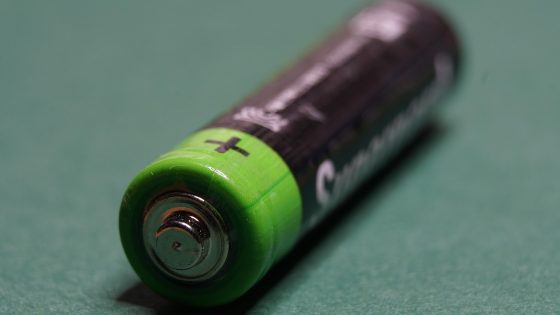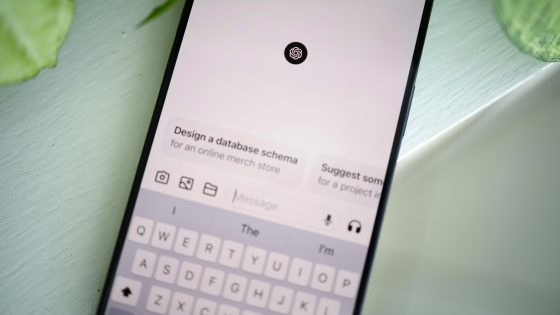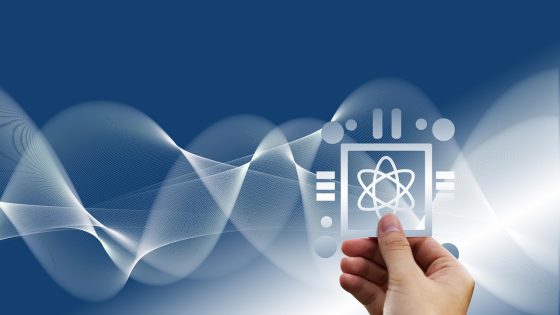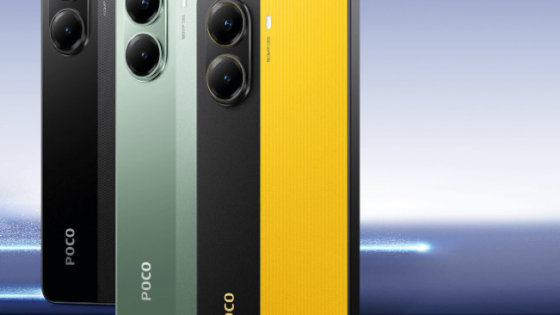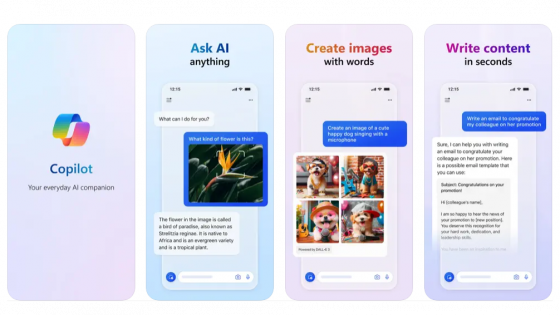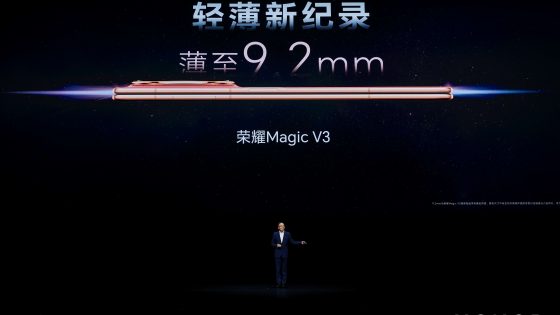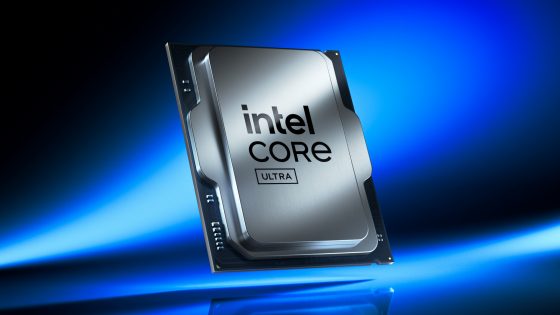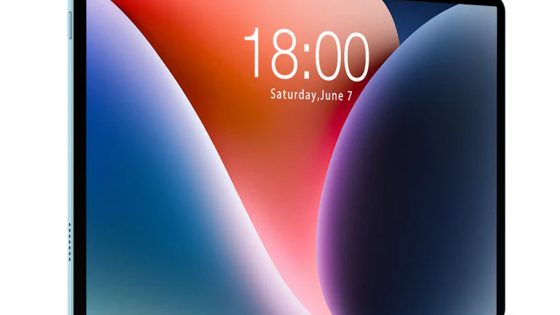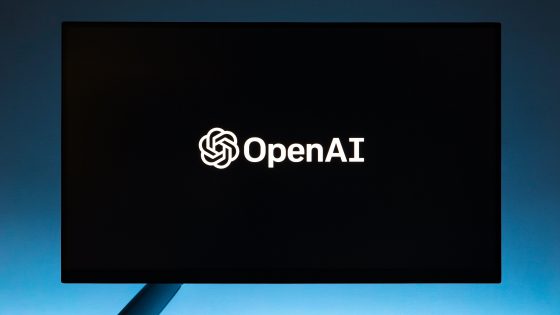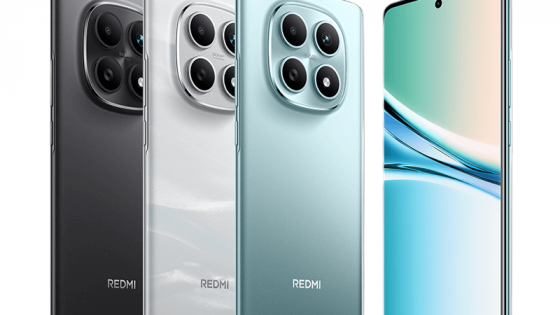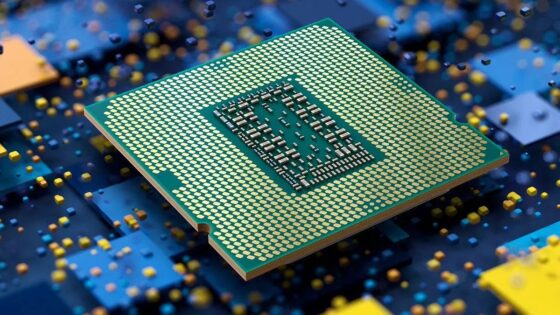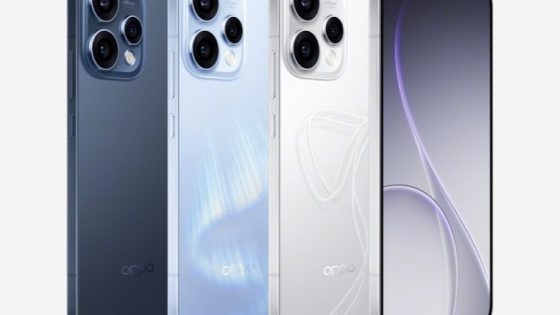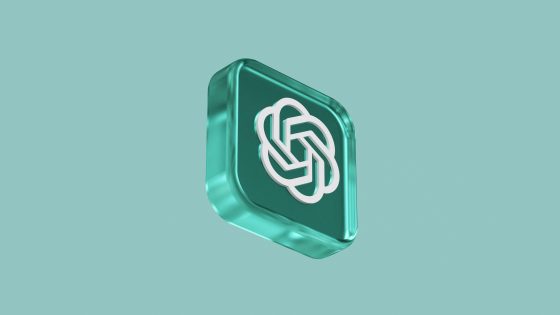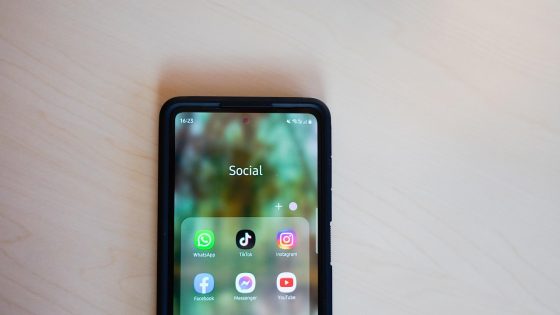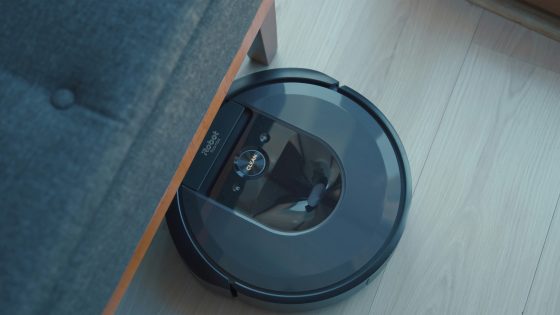How to extend the life of an SSD drive?
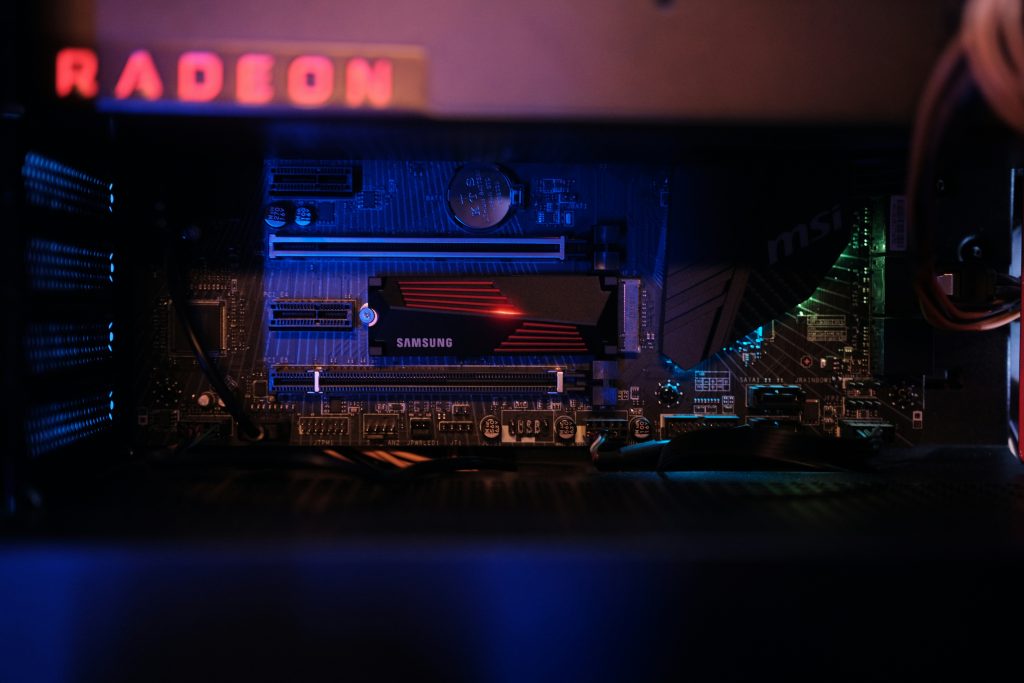
While the HDD grinds its teeth every time it feels a vibration or shock, the SSD drives act as if nothing happened. But even SSD disks have a number at which their life dries up. Degradation happens on each cell individually, so usually the SSD does not fail completely.
SSDs store data in different ways - with single-level (SLC) or multi-level (MLC) cells, which are further divided into three-level (TLC) and four-level (QLC) cells. The SLC is considered the most reliable choice, but it is also more expensive than the others, and at the other end of the scale, the QLC is cheaper and less durable. You can pay attention to these labels the next time you buy an SSD.
Unless you are really unlucky, the SSD disk will probably outlast the life of the other components, i.e. there is a greater chance that you will upgrade/replace your computer sooner than the SSD will fail. Especially if you are a completely general user who does not go overboard with data collection.
But for those of you who know you're in the minority who are constantly writing new data to their SSD drives, you can make some small changes to how you use your SSD.
Reduce the number of writes to the SSD
Do not go to extremes and become "stingy" with data. But you can get rid of some bad habits that affect how many writes we make to the SSD disk. Writes have the biggest impact on the longevity of the drive, and if you can reduce unnecessary writes, you'll be doing your SSD a huge favor.
If you're curious about the lifespan you can expect from a drive, look for the TBW (Terabytes written) label in the specifications. For example, Samsung 990 Pro (2TB) is rated at 1200 TBW, while the 1TB version is half that. That means you can write 1200/600 terabytes, but then it's high time to consider buying a new one. It won't magically shut down when it reaches that number, it could die much sooner. Think of it as a rough timeline of how much time is left on the drive.
Let's get back to writing. How can you reduce unnecessary logging? Every time the computer enters hibernation mode, Windows writes part of the data from RAM to disk. Although it's convenient to put your computer into hibernation because you can start using it again in a few seconds, these are unnecessary disk writes that can accumulate over the years and affect the life of the SSD, especially if you do it several times a day.
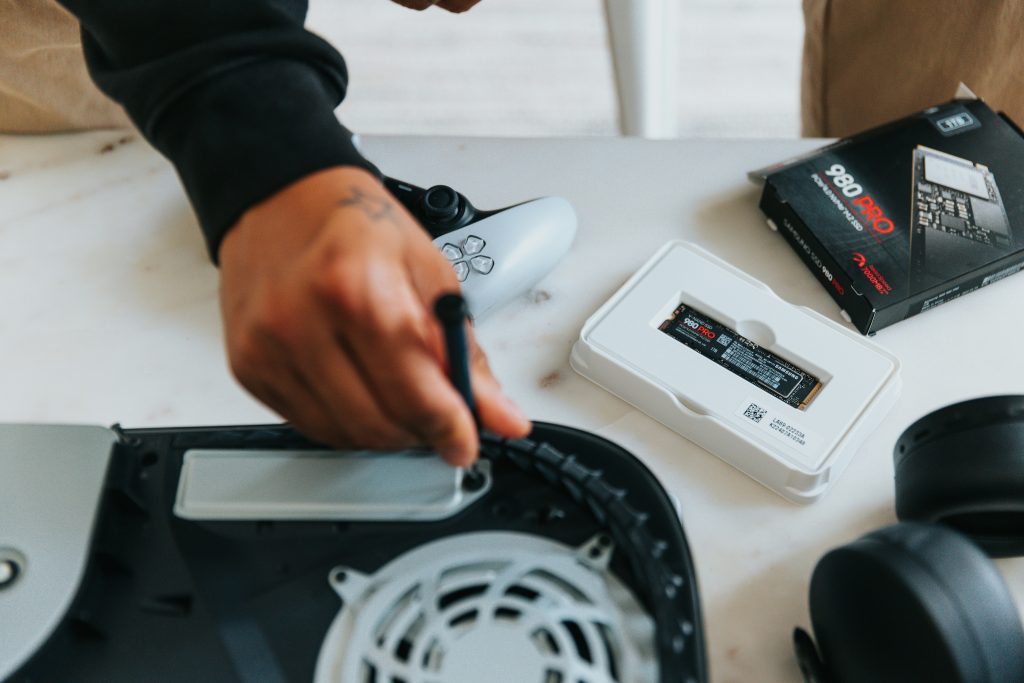
If you can reduce unnecessary writes to the disk, you will contribute the most to the long life of the SSD.
What you might not have known is that the system uses part of the disk as virtual memory, similar to what phone manufacturers have started doing in recent years, where you'll notice in the specs that the phone has 12GB + 4GB of RAM. The number after the plus is the virtual memory that the system can borrow from the drive. When you run out of hardware RAM, the system will write the rest of the data to disk to keep your computer running smoothly. Few of you may have come across the file pagefile.sys, which could be unusually large. This is the space reserved for virtual memory.
If you would like to know how much space is allocated for virtual RAM, go to Settings → System → System Information → Additional System Settings → Advanced → Advanced → Virtual Memory. The amount of RAM is rarely an issue on newer computers. 8 GB is enough if you are not a demanding user, 16 GB is optimal, and with 32 GB you are ready for the future. RAM is also easily upgradeable unless you have a laptop where it is soldered to the board. You can also change where the system will take the extra space from in the settings. You can set it to your secondary drive, saving the primary some writing hassle.
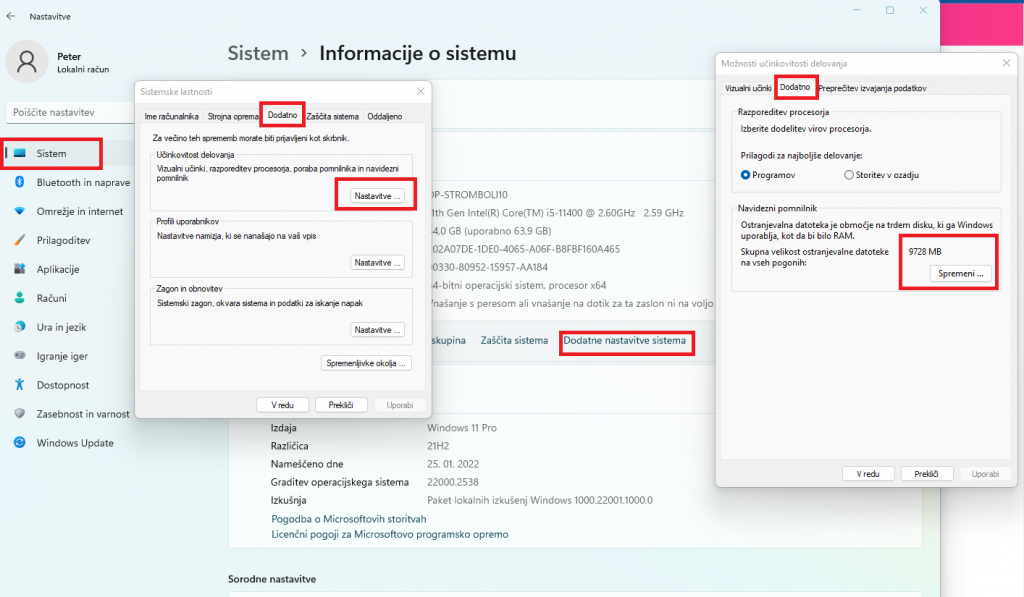
A temporary disk can be handy
If you're a designer, you can't avoid constantly writing to disk. When editing recordings and photos, especially if you often save your work manually, the disk has to write quite a lot of data. In some programs (Photoshop, Premiere Pro...) you can set a temporary disk (English scratch disk) where temporary files will be saved. In the settings, choose a disk with good durability or a disk that is not so important or on which you do not store valuable data.
Web browsers also record a lot of data (cookies, temporary files, images, scripts...). If you think Chrome could run faster, you can redirect that traffic to a fast and durable solid-state drive (instead of an HDD), or vice versa, to a secondary drive to avoid unnecessary wear and tear on your main drive.
By default, Chrome stores the cache in C:\Users\User\AppData\Local\Google\Chrome\User Data.
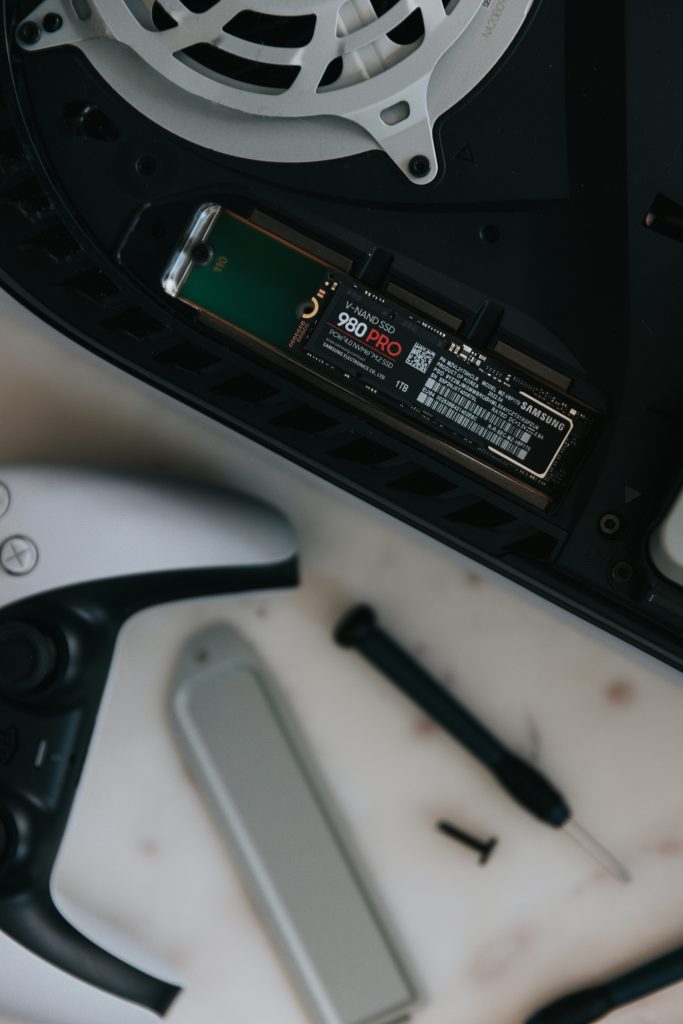
After all these years, we still can't change where the browser caches with a few clicks. Instead of a few clicks, we have to play in the command prompt and modify the registry.
Heat is no friend of SSDs
Some SSDs are equipped with coolers and they are not just for decoration or fancy to attract gamers. SSDs have quite a few critical components (controller, memory, cache, etc.) that you'd prefer not to get heat near. The latest PCIe 5.0 SSDs are particularly susceptible to overheating issues. Even in this case, you will not lose already saved data, but data that has not been saved may disappear due to shutdown after overheating.
Ensure adequate cooling of the SSD. If you are not going to buy an SSD with a cooler, you can at least make sure that the air flow in the case is relatively optimal. In the case of SSD disks with a cooler, make sure that you install them correctly.
For most, there is no need to worry
Starting games, watching videos... the tasks we perform on a daily basis mostly just read from the disk and reading has a significantly smaller impact on the life of the SSD disk. As already mentioned, most will change their computer rather than see the end of the SSD.
Windows is also very helpful. It doesn't just stand idly by, it uses the TRIM function for optimized drive performance. The TRIM feature tells the SSD which data is useless and can be deleted. Together with the wear leveling function, they ensure that the operation is fast and the wear is uniform across the entire disc.
You can check the health of the SSD, for example, with the free program CrystalDiskMark, which will test the write and read speeds. If you notice strong deviations from the advertised speeds, this may mean that the SSD has passed its prime.
Below you will find some drives with good durability and speed:
- Samsung 990 Pro 2TB (€169): one of the better SSDs on the market
- Sabrent 2230 1TB (€108.99): on the list mainly because of its compatibility with game consoles (Steam Deck), laptops and mini computers.
- Crucial P3 Plus 2TB (€109.99): 4th generation SSD, somewhere in the middle in terms of speed, but extremely durable and cheap.
- Crucial T500 2TB (€163.9): you can buy a cooler, extremely fast and durable, also suitable for PS5.
- Crucial T705 1TB ($206.99): If you think you're ready for the latest generation of PCIe 5.0 and don't mind the higher price tag, the Crucial T705 is one of the more sensible purchases. However, we'd recommend waiting until availability increases and prices drop a bit.
- Crucial T700 1TB (€172.54): Also PCIe 5.0, slightly cheaper and slower than the above.




